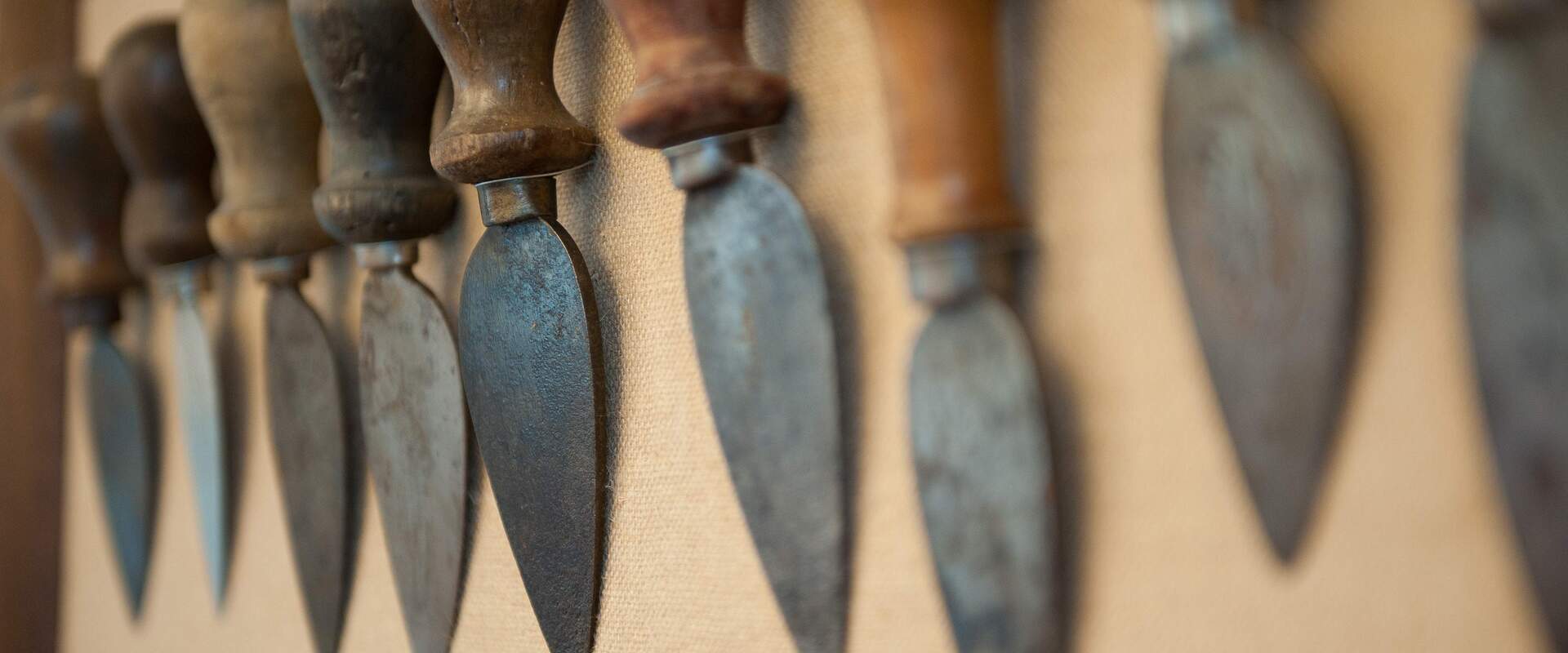Parmigiano Reggiano Museum: Saint Lucio, patron saint of cheese-makers and cheese-sellers
2017-09-27
It may seem odd, but the church recognises fully twenty-two saints under the name Lucio! The one we will discuss here is without doubt
the humblest, and yet the most popular, of them all.
Our
Saint Lucio was born in
Val Cavargna, where the province of Como borders on Switzerland’s Canton Ticino, in the twelfth century. Tradition holds that he was a shepherd who took good care of his animals, without minding the heat of summer or the cold of winter, and a cheese-maker who used the whey left over from making cheese to produce a sort of ricotta which he gave to the poor.
His master, annoyed by Lucio’s
goodness and
charity, threw the saint out. Lucio found another man to work for, and his arrival in the new household miraculously brought the family unprecedented wealth. Their sheep multiplied, and so did the amount of cheese they made, so that Lucio’s new master prospered more than ever before.
His first master was envious of the good fortune the shepherd had brought his new master, and stabbed Lucio to death then threw his body into a pond on the ridge between the Cavargna Valley and the Colla Valley. On the saint’s feast day,
July 12, the date of his martyrdom, the waters of this Alpine lake turn red, due to the presence of microscopic algae. Worshippers of the saint see this as a sign of his
sacrifice.
According to the panel on display at the
Parmigiano Reggiano Museum in Soragna (Parma), Saint Lucio became the
patron saint of cheese-makers, and this prerogative inspires much of his iconography; he is depicted in a shepherd’s clothes, holding a round of cheese and a knife, with which he is about to cut it; he often also holds the palm of martyrdom.
Worship of the saint became popular in northern Italy in the thirteenth century, beginning in the Cavargna Valley, where there is a Romanesque sanctuary dedicated to the saint. As
patron saint of cheese-makers, he later became popular in cities such as Milan, Bergamo, Brescia, Lodi, Codogno, Piacenza and Parma, when emigrants from the Cavargna Valley came to many places in northern Italy and the Canton Ticino as travelling salesmen selling
magnani (copper pots), so that they were continuously in contact with cheese-makers, as they performed maintenance on the copper boilers used to produce cheese.
The cheesemakers of
Parma also adopted the worship of Saint Lucio, to the point that his image appeared on cheesemaker’s licences and documents from the seventeenth to the nineteenth century. Under its 1459 Statute, the powerful ancient cheese-makers’ guild of Parma, the
Arte dei Lardaroli, had the exclusive rights to sale of cheese, salted meats, olive oil and seeds, fresh seafood, sausages, offal and butter. The production of cheese and salami made from pork were intimately related and considered a single profession, as the by-products of cheese-making was perfect for feeding pigs.
A painting by
Abbot Peroni from the church of the Lardaroli, depicting San Lucio dressed according to the manner of the eighteenth century, is on display at the
National Gallery in Parma.
Mariagrazia Villa
Photos: © Musei del Cibo della provincia di Parma
